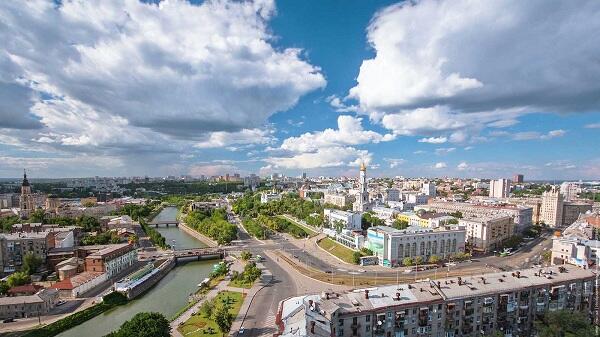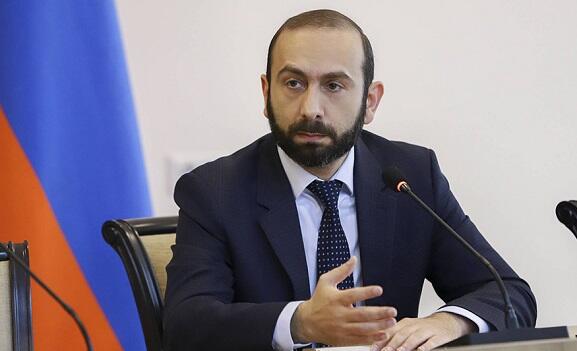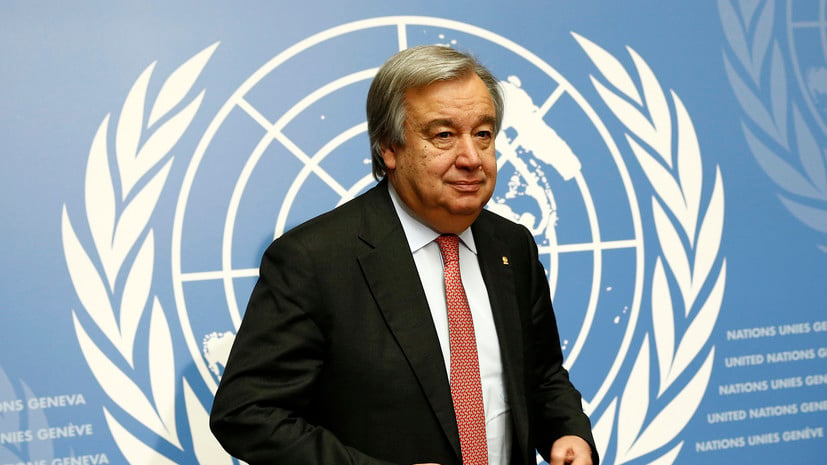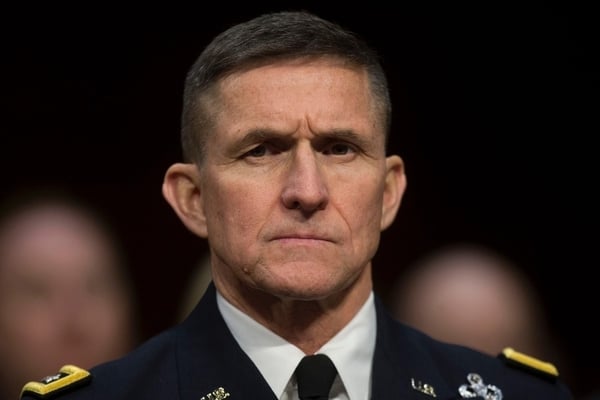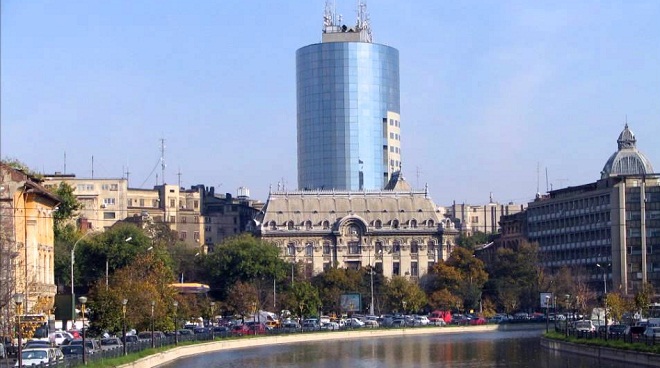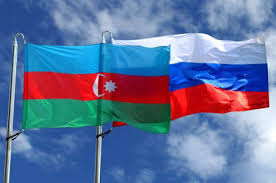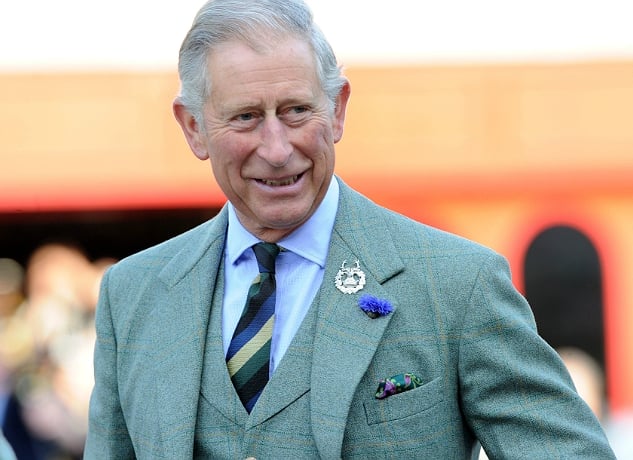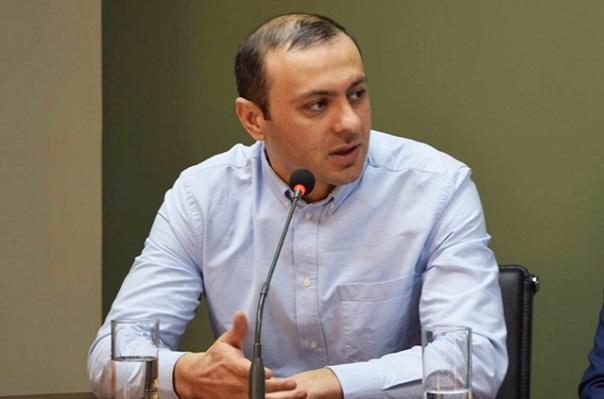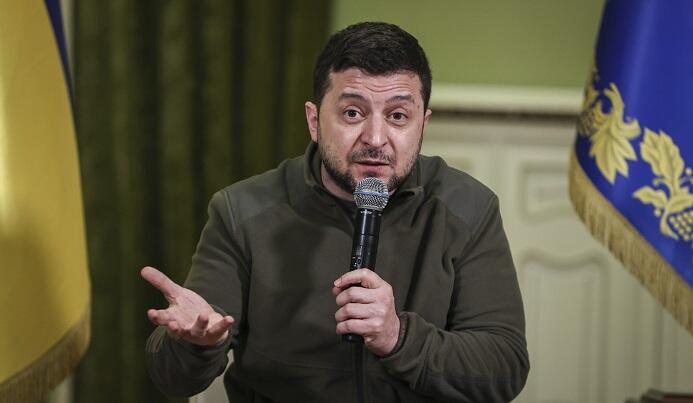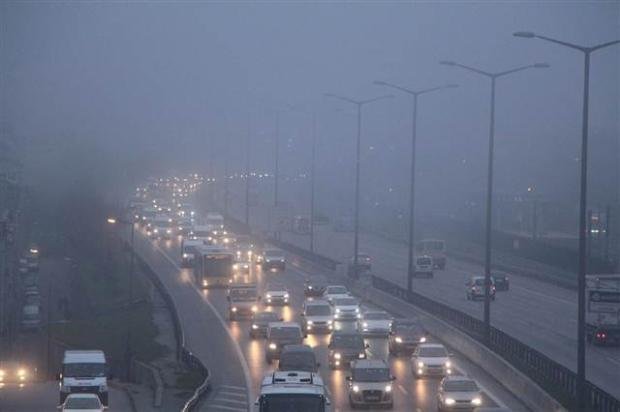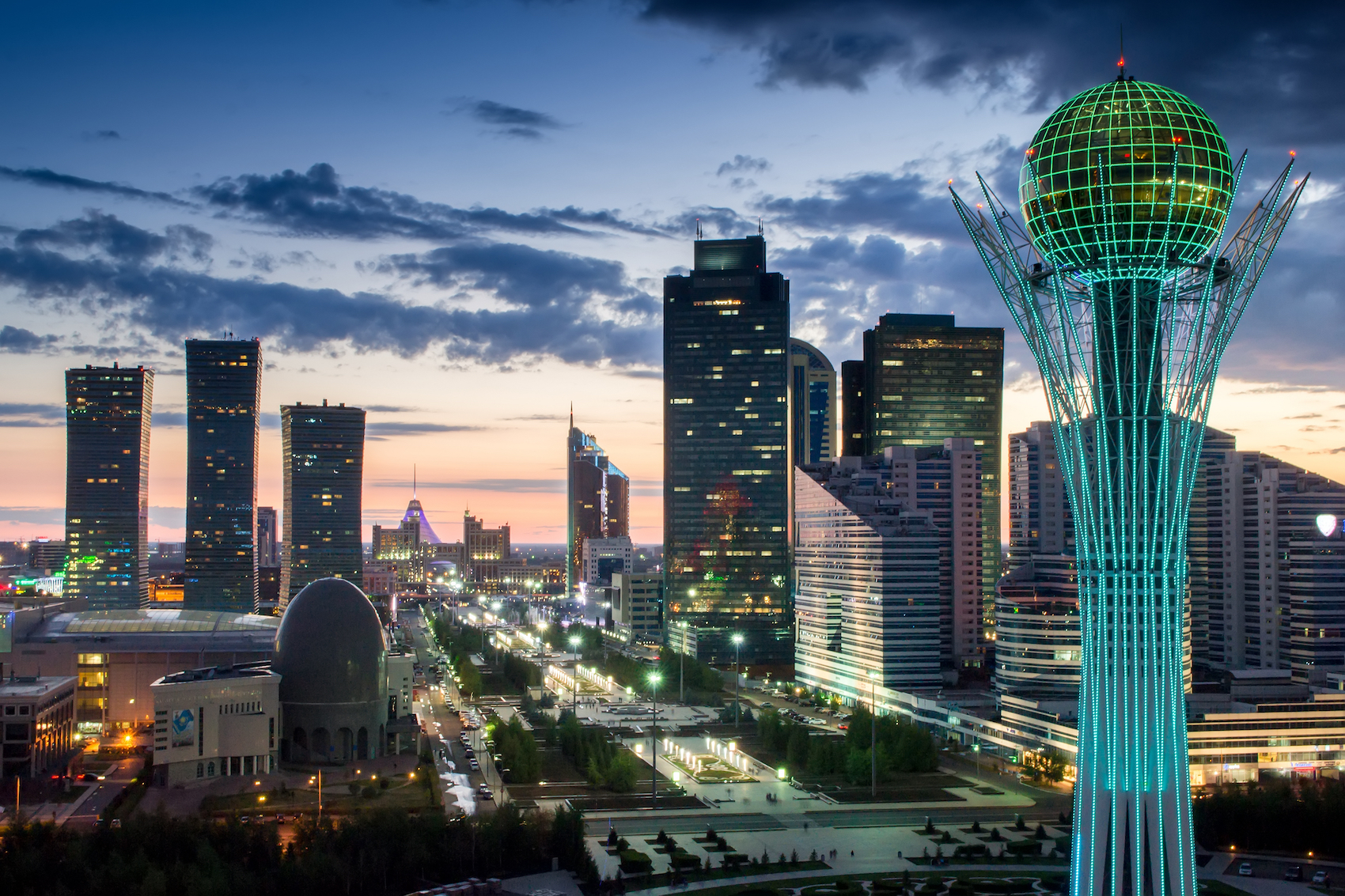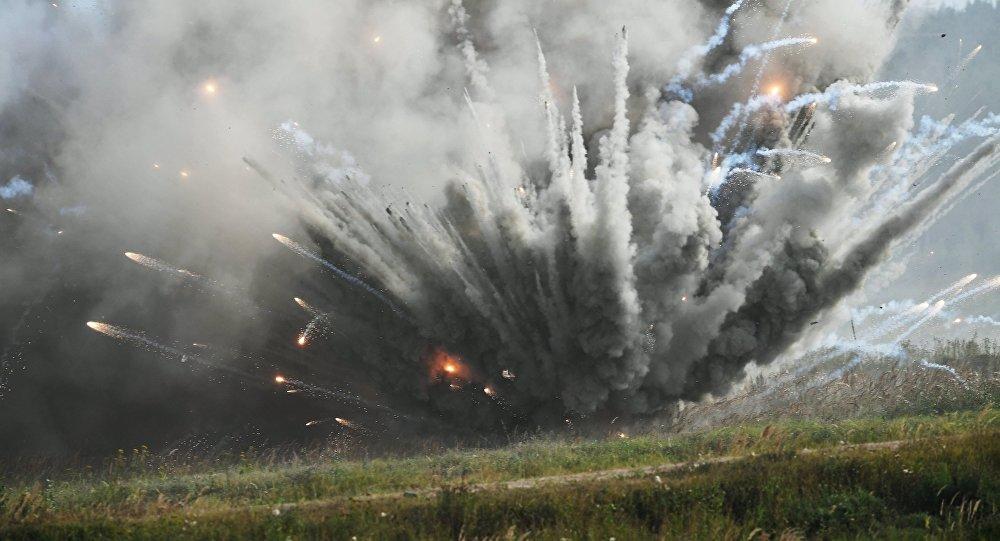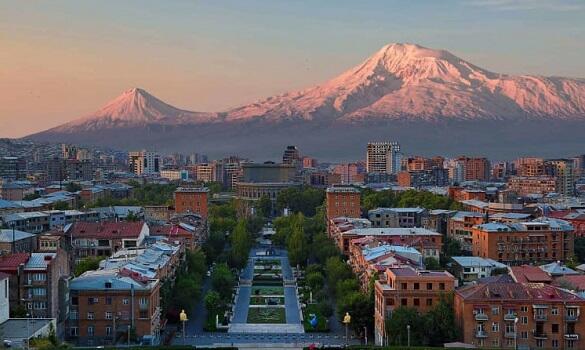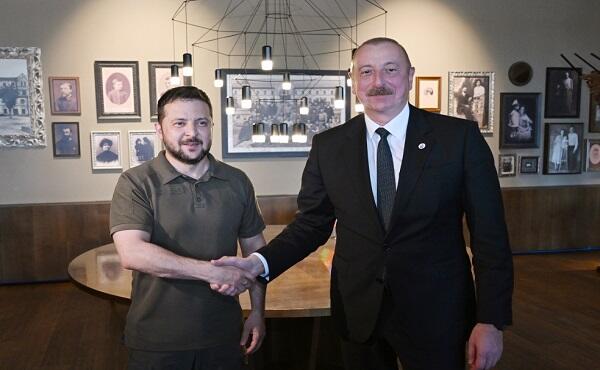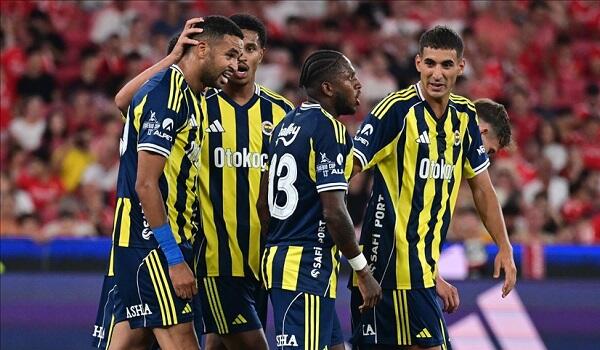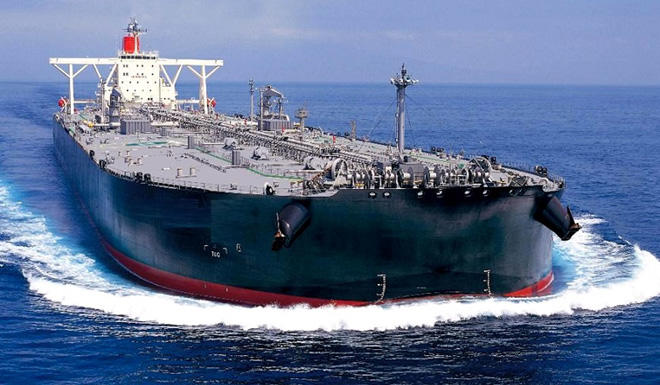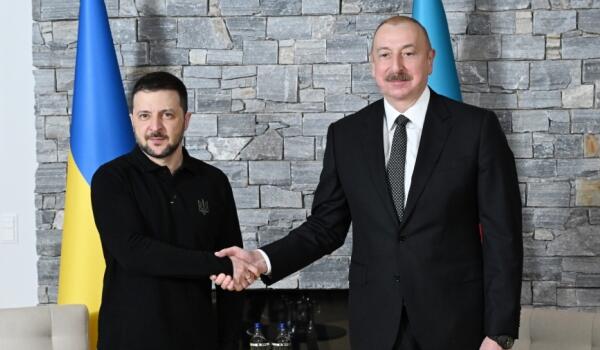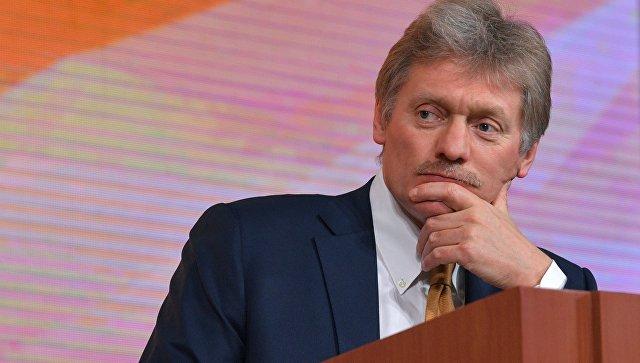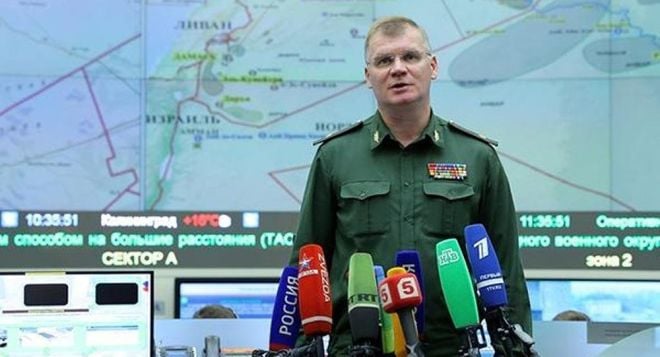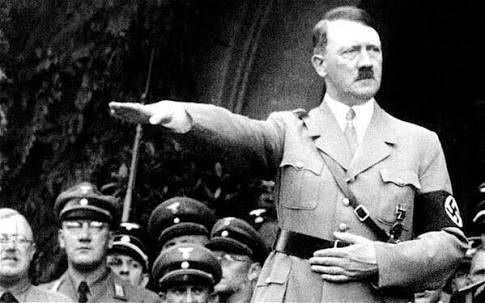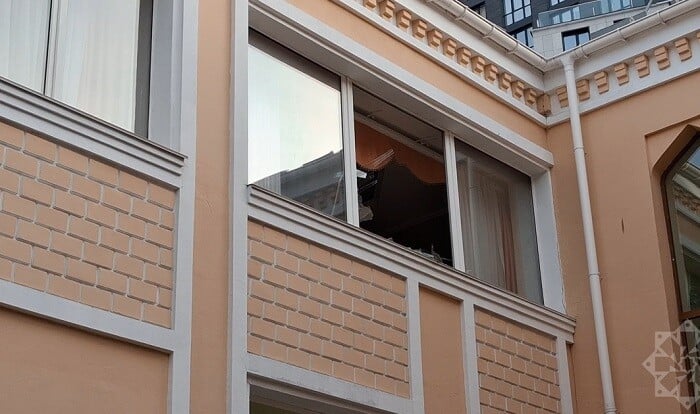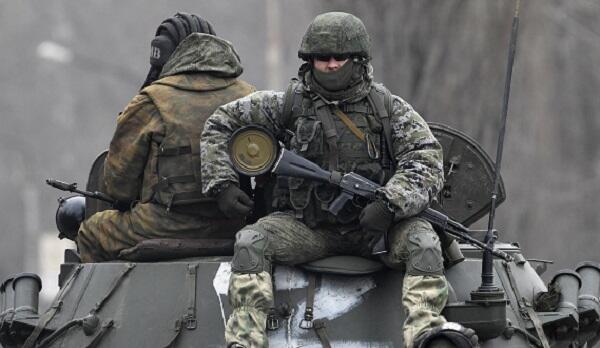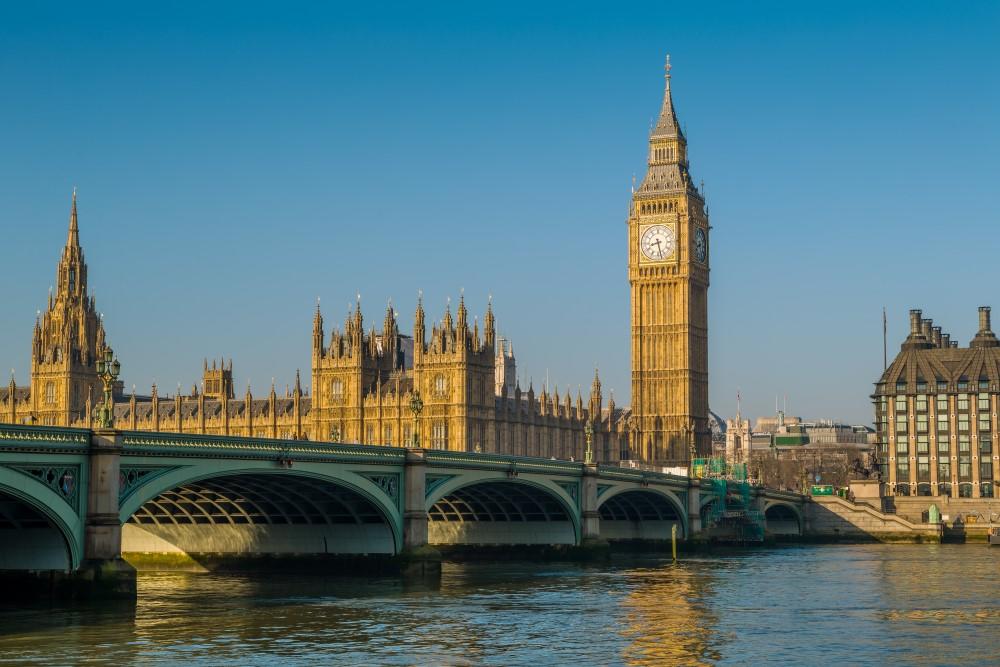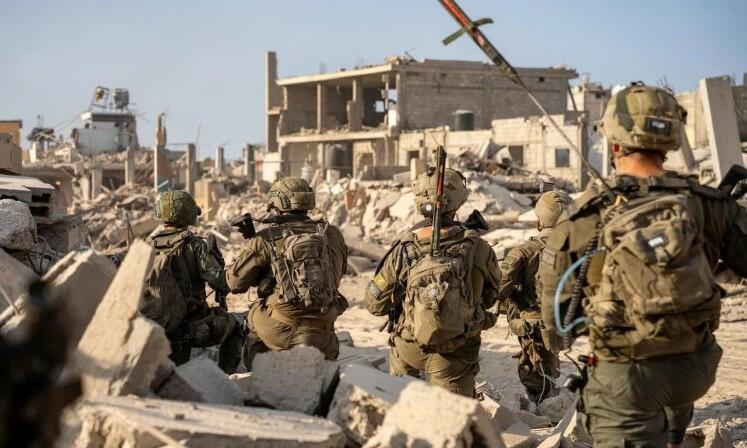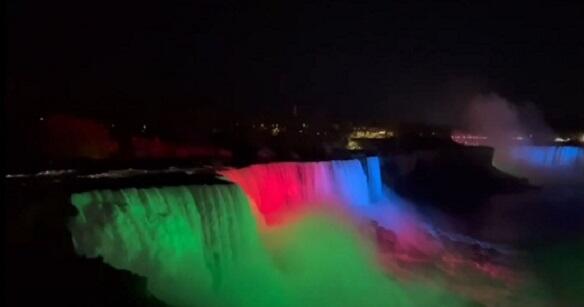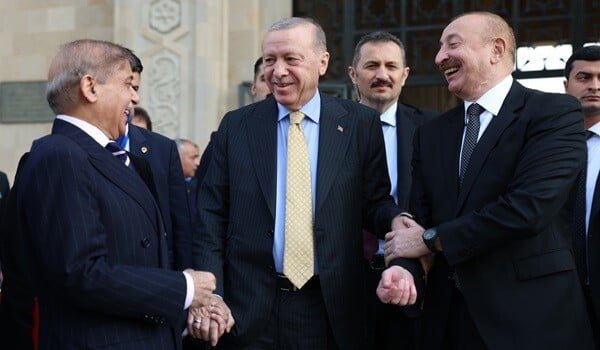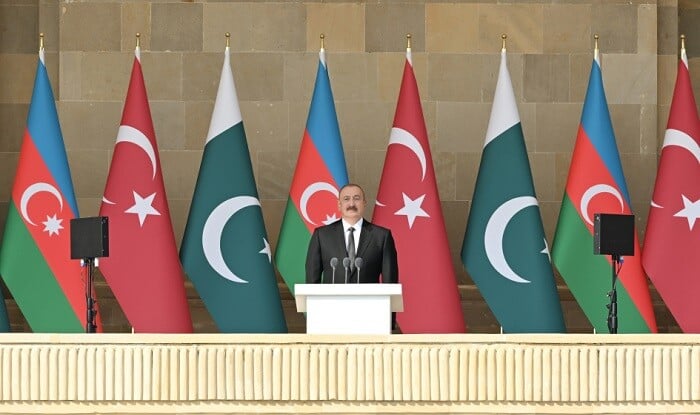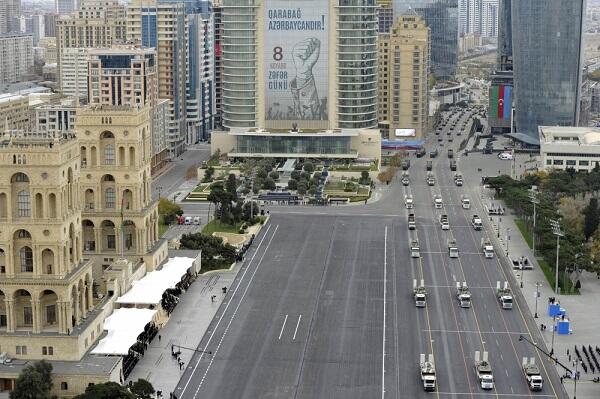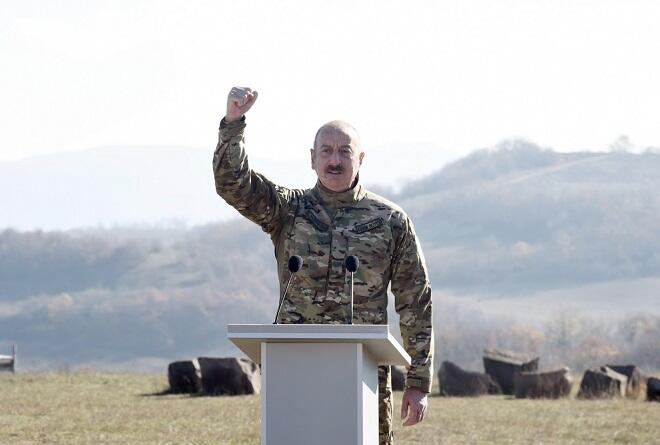The Israel Defense Forces on Sunday announced the dismissal of the deputy commander of the Golani Brigade’s reconnaissance unit over an incident on March 23 in which his forces opened fire on a convoy of ambulances and emergency vehicles in southern Gaza’s Rafah, killing 15 rescue workers.
Axar.az reports, citing the Times of Israel, the commander was also being removed from his role for his “partial and inaccurate” report of the incident during a preliminary investigation, the military said.
Additionally, the IDF said the commander of the 14th Reserve Armored Brigade — the unit leading the operation in Rafah when the killing of the medics took place — was being formally censured for his “overall responsibility for the incident,” including the management of the scene afterward.
The moves, decided by the chief of the Southern Command, Maj. Gen. Yaniv Asor, and approved by IDF Chief of Staff Lt. Gen. Eyal Zamir, came following an investigation into the incident led by Maj. Gen. (res.) Yoav Har-Even, head of the General Staff Fact-Finding Assessment Mechanism, an independent military body responsible for investigating unusual incidents during the war.
Har-Even’s investigation found that there were no violations of the IDF’s code of ethics during the incident, but there were several “professional errors” and actions by troops that breached military protocol, alongside a failure to fully report the incident.
According to the timeline of the investigation, on the night of March 23, the IDF’s Gaza Division began an operation to encircle Rafah’s Tel Sultan neighborhood. Troops of the Golani Brigade’s reconnaissance unit, operating under the 14th Armored Brigade, set up an ambush on a road heading out of Tel Sultan, at around 2:30 a.m.
At 3:57 a.m., the troops spotted a vehicle — later confirmed to be an ambulance — and mistakenly identified it as a Hamas police vehicle. The soldiers opened fire on the vehicle, causing it to stop on the side of the road. The troops approached the car and found inside it two dead people and a third living person, the latter of whom was taken for questioning.
The suspect was identified as a Hamas operative during an initial interrogation. But by the morning, he was released from custody after the IDF did additional checks and came to the conclusion that he was not a terror operative.
Because the soldiers thought they had encountered Hamas operatives initially, the probe said that the troops were “readying for the possibility” of additional enemy forces.
Shortly after the incident, several vehicles, including an ambulance and a fire truck, passed by the same road and did not come under fire from the troops waiting in ambush, according to the probe. Additionally, at 4:47 a.m., a father and son were spotted walking on the road, and the troops again did not open fire. Instead, the pair were detained and released in the morning.
At 5:06 a.m., the Golani soldiers were alerted by drone operators that a convoy of suspicious vehicles was approaching them. The drone operators were unable to determine that the vehicles were ambulances, the probe said.
The vehicles — ambulances and a fire truck — stopped some 20 meters from some of the troops waiting in the ambush, and several suspects, later confirmed to have been medics and rescue workers, ran out, apparently to treat those in the first vehicle that had come under fire.
The commander of the ambush — the deputy commander of the Golani Brigade’s reconnaissance unit — was positioned in a way that he was unable to see the ambulances, but only the fire engine, which he misidentified as a normal truck, the investigation said.
He also could not fully see the lights on the fire engine, according to the probe. The IDF’s initial statement on the incident falsely claimed that the rescue vehicles did not have their lights on, based on inaccurate testimony from the soldiers. Footage has shown that the lights were visible.
The commander opened fire first, thinking that the ambush’s cover had been blown and that Hamas operatives were preparing to attack them.
The troops charged toward the vehicles, opening fire on the suspects for around three minutes. The soldiers stopped firing as they reached the road where the ambulances had stopped, and upon reaching the vehicles, realized they had been firing on unarmed people.
The troops spent some four minutes at the scene before returning to their ambush location. The investigation found that there was no evidence to suggest that the troops handcuffed any of the rescue workers before or after killing them, nor that they executed any of them.
One of the paramedics survived the incident, and in the morning, he was discovered by troops and taken for questioning. He was still being held by the IDF as of Sunday.
The military investigation said that the fact that several ambulances passed on the road during the night without incident, and that several civilians were detained, showed that the troops did not indiscriminately open fire on the ambulances. Rather, it said, the soldiers were anticipating a threat, following the first vehicle that was incorrectly identified as a Hamas police car.
At 5:18 a.m., a clearly labeled United Nations pickup truck arrived in the area. The troops identified that it was a UN vehicle and, against protocol, opened fire on it. The probe said the soldiers were trying to get the vehicle to leave the area, but in the process, fired directly at it, killing an UNRWA employee.
This incident was only partially reported by the troops during an initial investigation.
A total of 15 Palestinians were killed in the incident, though six were posthumously identified by the IDF as Hamas operatives, the military said.
In the morning, the troops decided to gather the bodies all in one spot and cover them with sand to prevent wild dogs and other animals from eating the corpses. The soldiers also marked the burial spot and notified the UN to come collect the bodies.
Additionally, an armored D9 bulldozer pushed the ambulances and other vehicles off the road to open it up, crushing them in the process.
The probe noted that covering the bodies in sand and marking the burial spot was an approved practice, but crushing the ambulances was an error that should not have been committed.
The IDF said that there was no attempt to hide the incident, and it was discussed shortly after with the UN to coordinate the recovery of the bodies.
The investigation stated that the first two incidents of fire, against the ambulances and fire engine, were carried out because the troops felt they were in danger. The third incident, against the UN vehicle, was against protocol.
he IDF said it “expresses regret for harming uninvolved [civilians],” and the investigation was intended to prevent such incidents from recurring.
“The existing guidelines on the special caution required with regard to rescue forces and medical workers, even in areas of intense combat, were sharpened and clarified,” the military added.
Har-Even’s investigation was also handed over to the Military Advocate General, which is set to evaluate the findings and possibly decide on further actions against those involved.
The Palestine Red Crescent rejected the findings of the military investigation, denouncing it as “full of lies.”
“It is invalid and unacceptable, as it justifies the killing and shifts responsibility to a personal error in the field command when the truth is quite different,” Nebal Farsakh, spokesperson for the Red Crescent, stated.


